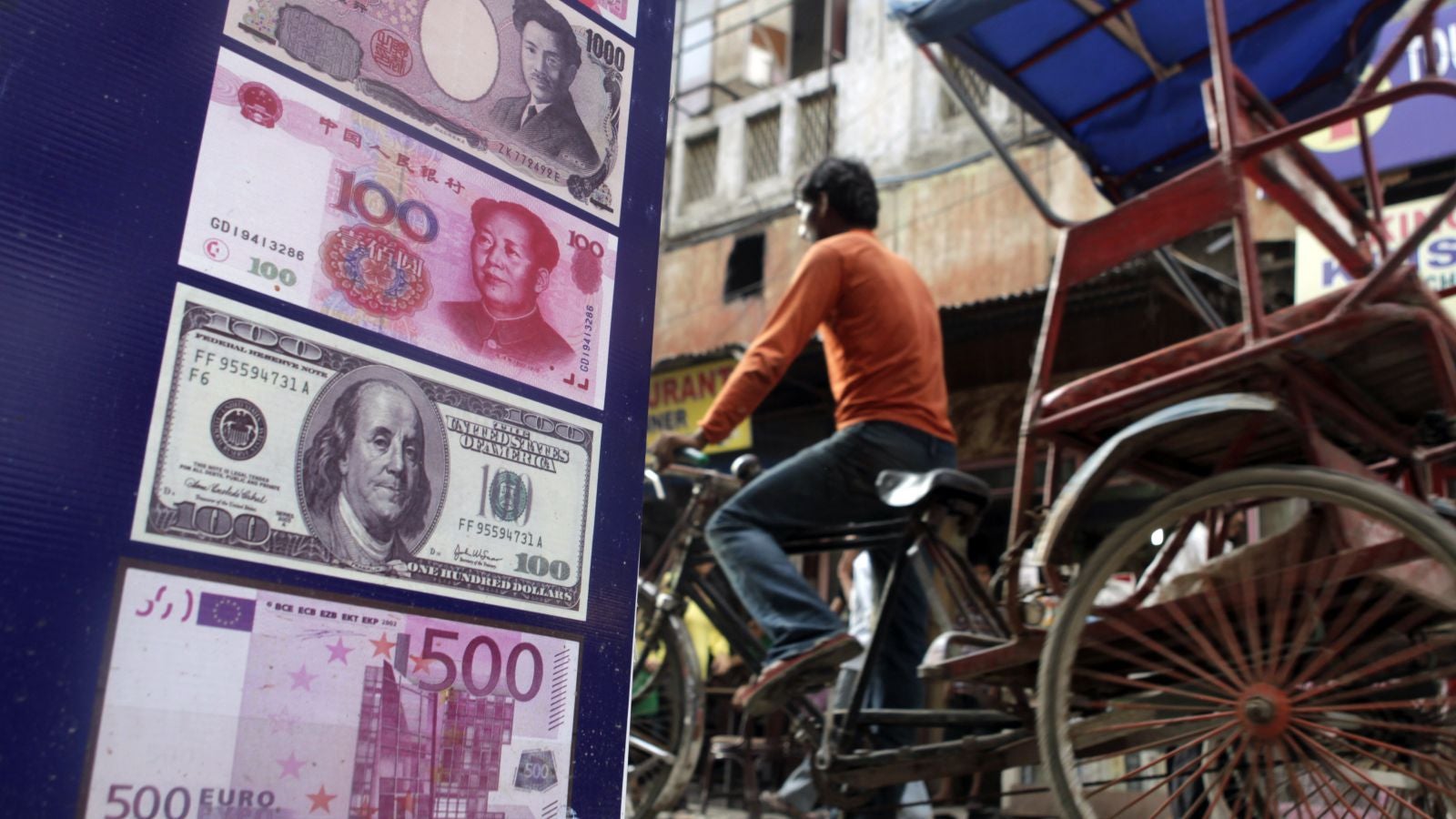The Indian rupee keeps on sliding. Here’s why
The tough times just refuse to end for the Indian rupee.


The tough times just refuse to end for the Indian rupee.
Over the past few months, the depreciating value of the domestic currency in relation to the US dollar has been the focal point of economic turmoil in the country.
On Monday (Sept. 10), the rupee nose-dived to a new historic low, ending at Rs72.45 to the dollar. In this calendar year alone, its value has eroded 12% against the greenback, making it one of Asia’s-worst performing currencies. It was mostly weighed down by rising global crude oil prices—India imports nearly 80% of its fuel needs.
The higher import bill has also widened India’s current account deficit (CAD), with imports now being much bigger in value than its exports. The CAD is expected to widen to 2.8% of the GDP in financial year 2018, up from 1.9% last year, according to a report by Nomura Research. This, in turn, does not augur well for the rupee.
In the past month, the rupee’s depreciation has accelerated due to many global factors. For one, the US and China have been at loggerheads, each slapping duties on the other’s imported items. There is speculation that China may devalue the yuan to outdo the US; this is likely to have a ripple effect on other currencies, including the rupee.
Then there is the US’s trade war with Turkey. It has imposed higher tariffs on Turkish steel, aluminium, and other commodities, delivering a big blow to the lira which has fallen by over 40% this calendar year. This, too, has dragged down currencies of other emerging economies, including India.
In contrast, the US dollar has consistently gained strength this year due to an uptick in economic growth. The country’s GDP grew 4.1% in the second quarter of this year, the fastest since late 2014.
Want to read more from Nupur Anand? Subscribe to Quartz Private Key—Quartz’s premium crypto newsletter, delivered twice weekly.